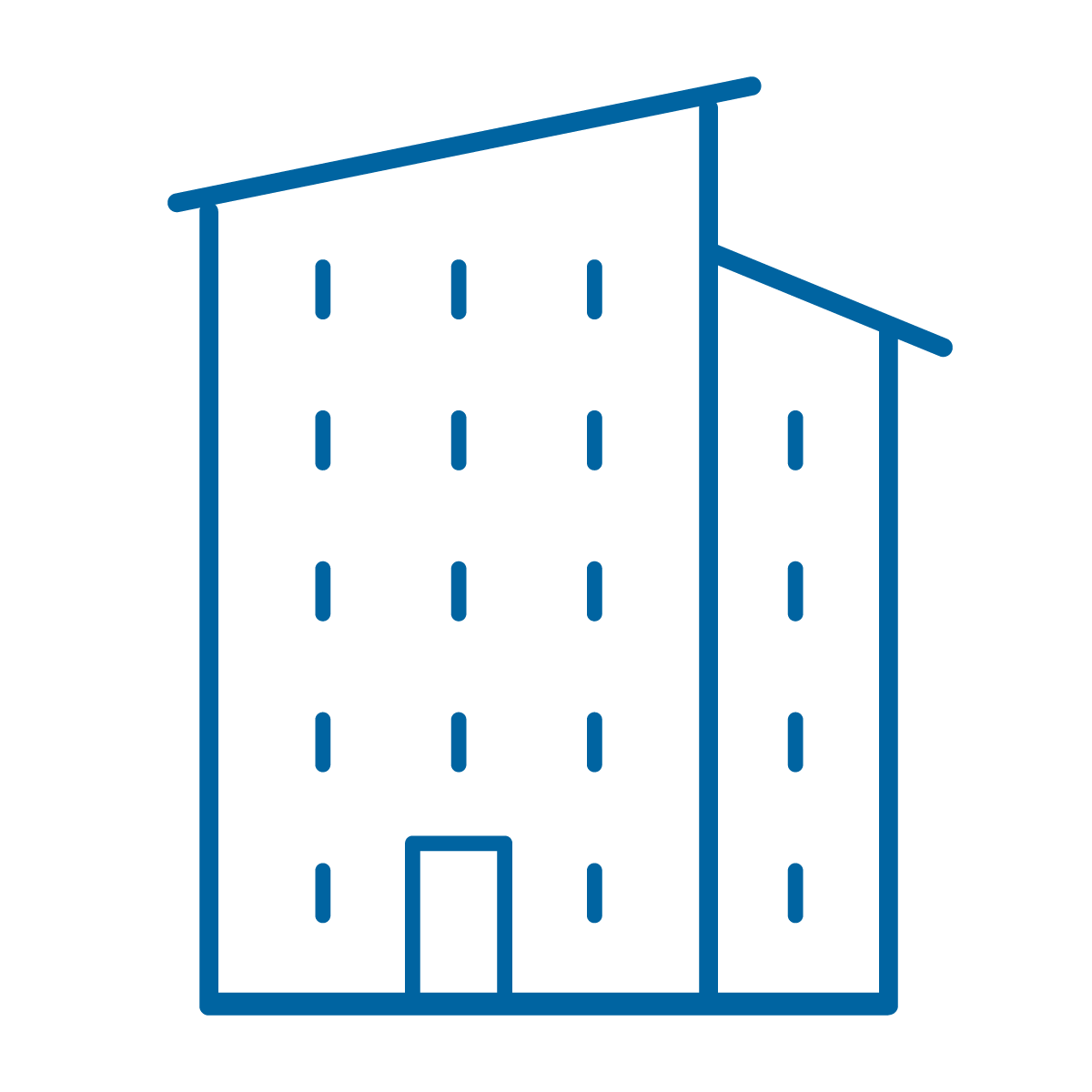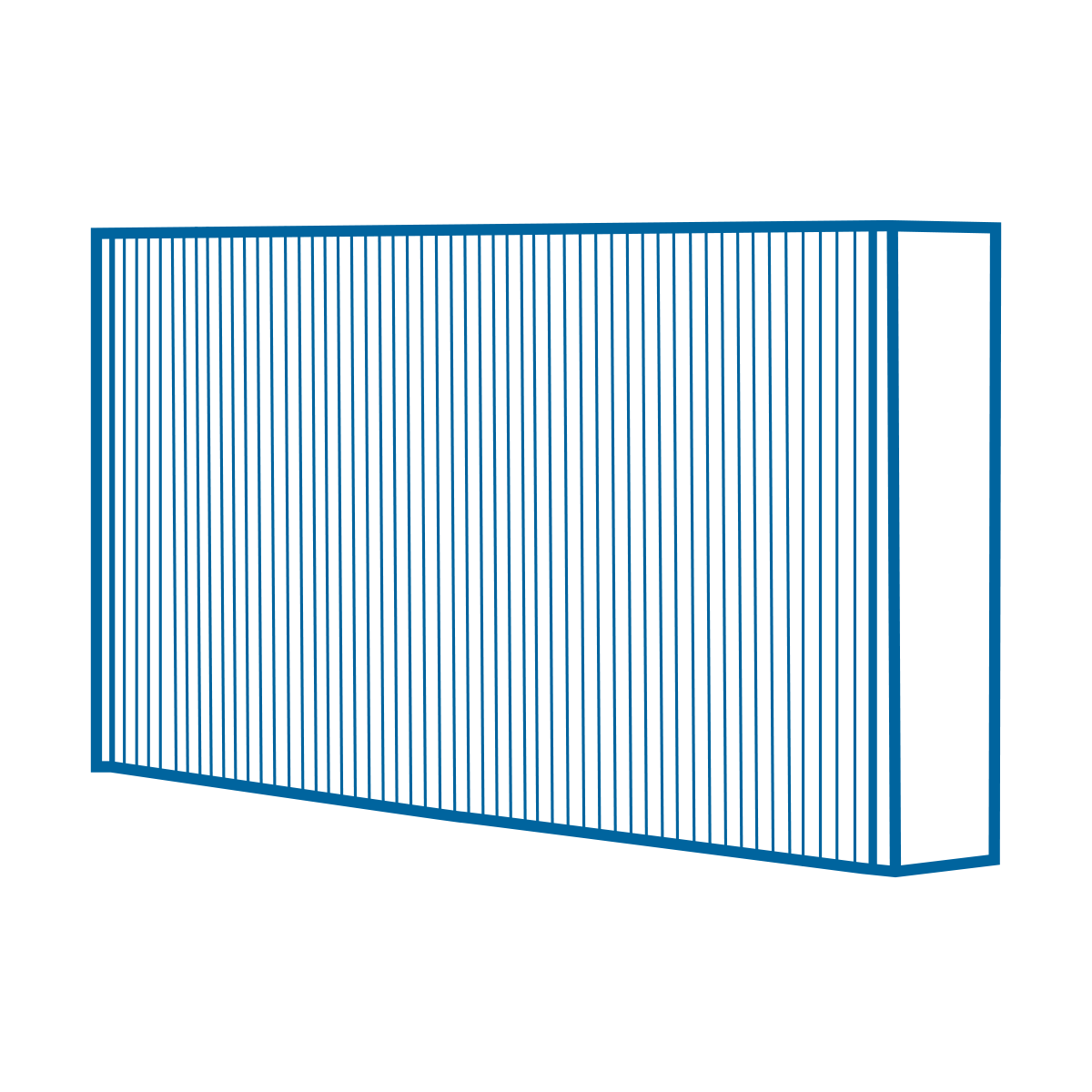There is a lot of talk about how the indoor environment in your home affects you and your family. But what about the indoor environment at the workplace - do employees dare take action for a better indoor environment at work?
There is scientific proof that a poor indoor environment affects our concentration and the development of our brain. On average, we spend about 34 hours at our workplace per week, which means that approx. 20% of our time during a week is spent at work.
Some of the main causes of poor indoor environment in the workplace are:
- Lack of cleaning
- Particles from external sources of pollution
- Too high or low temperature
- Humid or dry air
Lack of cleaning
Cleaning in the workplace is an important factor in maintaining good air quality. At times, we get busy at work, and as many of us sit at a desk, things can quickly become overwhelming. Tasks and clutter start to accumulate on the desk and around us, making it difficult to clean down the area properly.
Dust and dirt collect, making it harder to stay focused during high-pressure periods. Insufficient cleaning creates an indoor environment with poor air, which can cause headaches and make it difficult to focus.
Particles from external sources of pollution
If your workplace is located in an area where the air is filled with pollution from e.g. busy roads, industry or major ports with freight or ferry traffic, it is important to keep an eye on proper ventilation in the workplace. Furthermore, it is important to have the right filter solution in the system. A coarse filter will e.g. keep a system free of dust particles.
If you want the indoor climate improved and various harmful, fine particles removed, the ventilation system needs a change of filters to either pollen filters or a SafeAir filter.
Too high or low temperature
Another important factor is the temperature in the offices. Too high a temperature in workplaces is one of the most common reasons for a poor working environment. The ideal room temperature for an indoor workplace with sedentary or light physical work, such as offices or institutions, is between 20-22 ° C.
Humid or dry air
Last but not least, it is important to look at the air in the workplace. In a humid indoor environment, mould and other microorganisms and bacteria grow best. They can grow, for example, in moist wood like window frames, or damp carpets and other fabrics.
Conversely, dry air can also cause problems for the indoor environment. When the air is dry, the mucous membranes become dehydrated which can cause fatigue and discomfort. Humidity is often low when:
- It's cold outside
- There is a large exchange of air in the room without moisture production
It can be hard to do anything about humidity in the winter when it is cold outside. However, if this is a major problem, not just in winter, this should be addressed.
Poor indoor climate and sick days
There are 4 problems, in particular, that occur due to poor indoor climate:
These are signs to look out for when you experience them at work.
While the poor indoor environment affects our efficiency at the workplace, it also often correlates with the number of sick days among employees. If a workplace fails to maintain a healthy and good working environment and indoor climate, it will cost the company money.
Greater productivity can be found in workplaces where the indoor environment and the working environment are good. Here are some factors that can improve the conditions of your workplace, thus lowering your sick days:
We should remember that we have to stay in the workforce longer than previous generations, and it is therefore extremely important that we are comfortable in our workplace, both regarding the working environment and particularly with the indoor climate.
If you are interested in ensuring the best indoor climate for you and your colleagues, but are not sure which solution is needed for your ventilation system, you are welcome to contact us. We are always ready to help.
Sources:
WELL →
KE Fibertec →


















